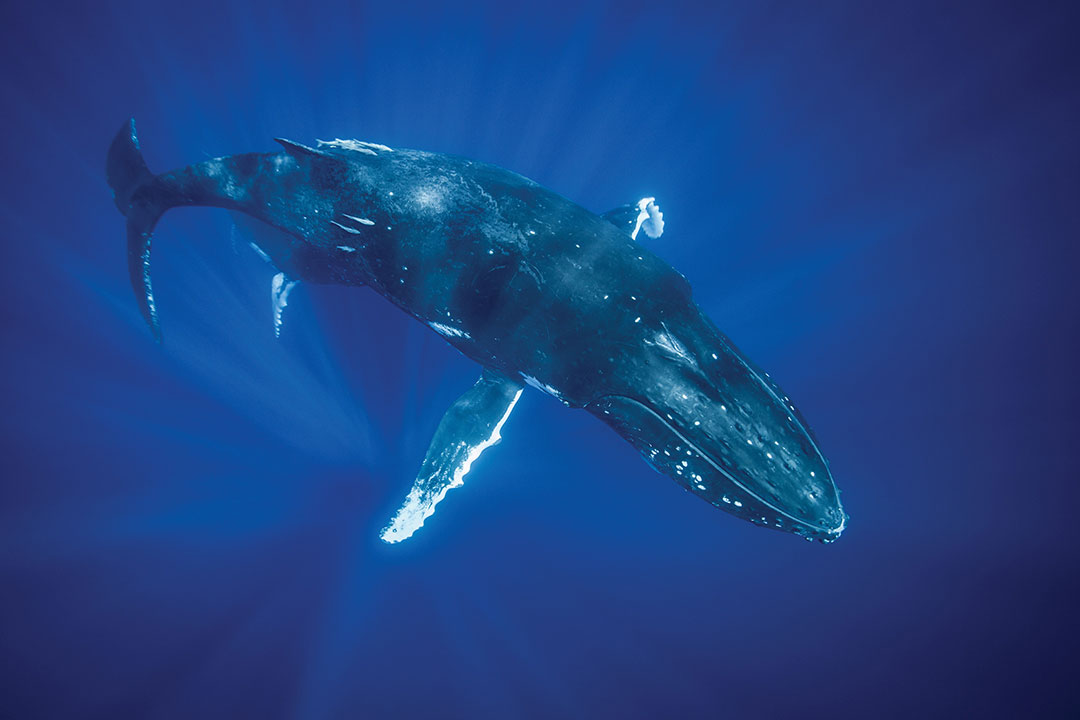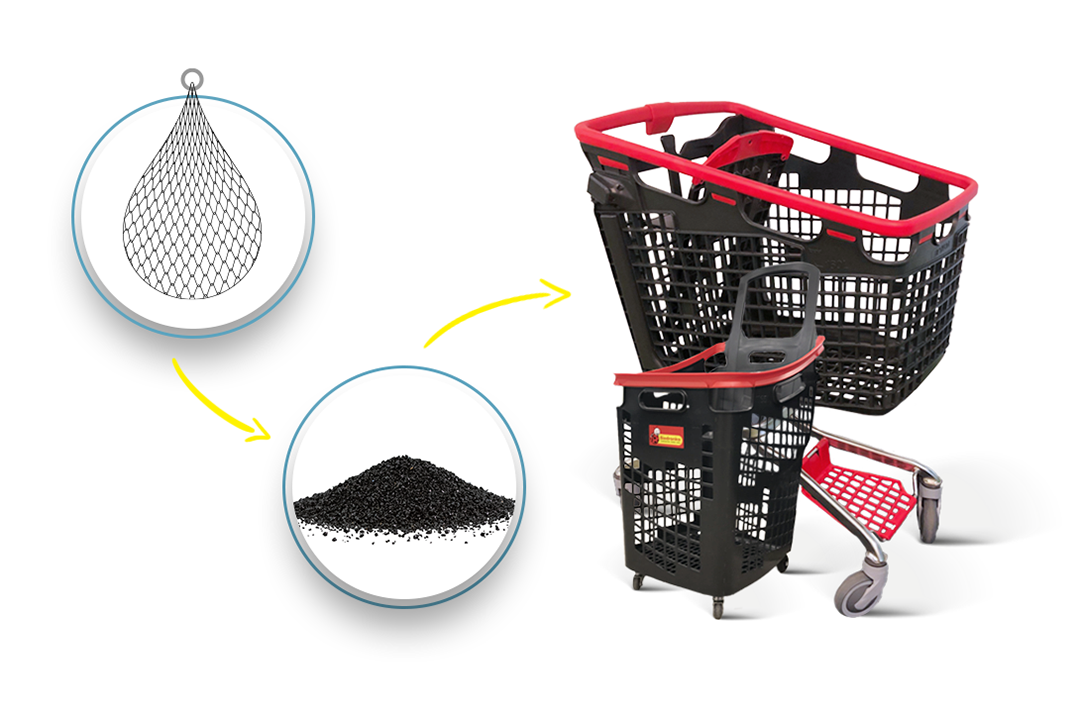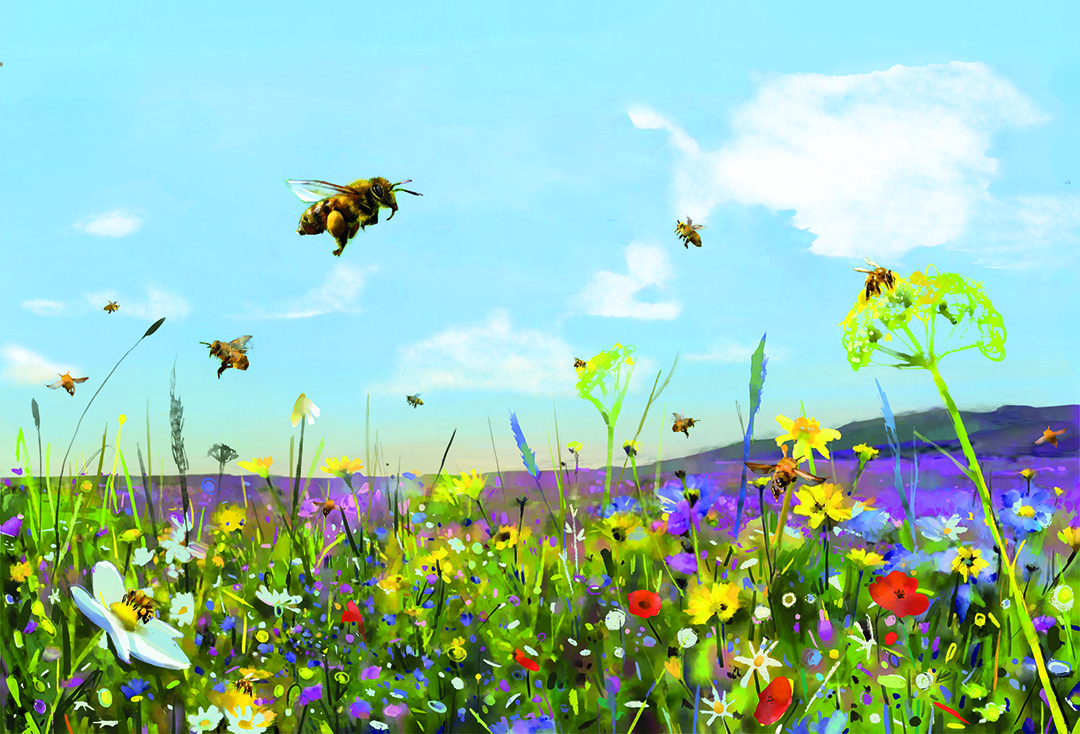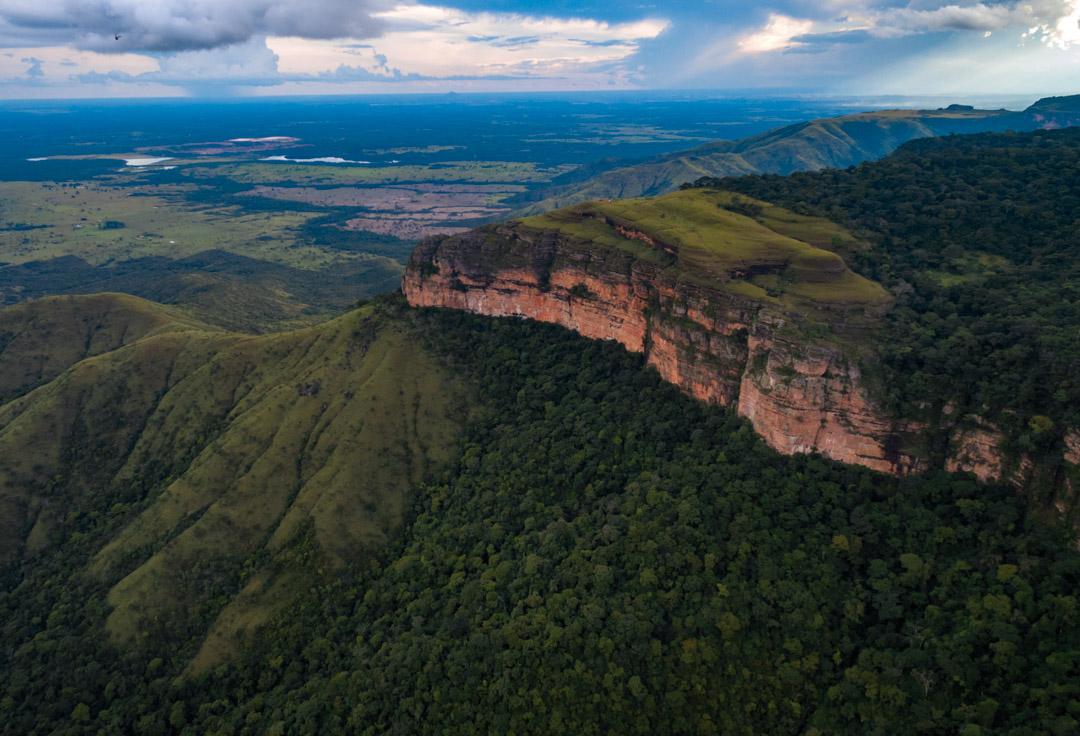
Bound to win in Mato Grosso
The Grandeur of Mato Grosso
Hundreds of kilometres, as far and farther than the eye can see, both to the north and south and to the east and west, always with the same climate, the same landscape and the same flora and fauna – this is what makes a biome, a natural area rich in biodiversity and essential for the balance of ecosystems. The Amazonian Forest, the Pantanal wetlands and the Cerrado are Brazil’s three main biomes – and they all converge in Mato Grosso. All three are under threat, from clearing of forest areas and converting natural areas to make room for agricultural production.
Stretching over more than 900,000 square kilometres (equivalent to France and Germany combined), Mato Grosso is the third largest state in Brazil, located in the west and centre of the country. In days gone by, it attracted explorers eager for what the dense vegetation “promised” – gold and other minerals. Today, Mato Grosso offers wealth of another kind: its agricultural output and exports exceed those of any other Brazilian state, making it a global cattle farming powerhouse.
Mato Grosso produces a large part of some of the commodities essential for everything to do with food, including the retail food sector. One example is soya, the agricultural commodity consumed in the largest quantities worldwide. In the 2022/2023 agricultural year alone, around 46 million tonnes were produced in Mato Grosso, representing almost 12% of total world output. The state also produces cotton, maize and other cereals, and is home to 34 million head of cattle, the largest concentration in Brazil.
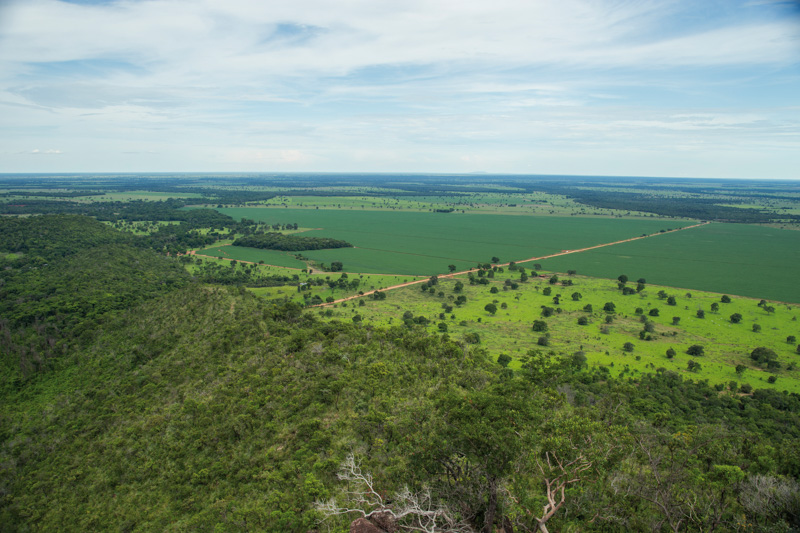
Production capacity has grown hand in hand with deforestation and the conversion of natural areas. The unique natural features of this tropical region of South America have long made it attractive to farming, and agriculture has powered economic development. Starting in the late nineteenth century, the clearance of millions of hectares of forest gave way to farming and cattle ranching.
Although 53% of the area of Mato Grosso is still covered by native vegetation, controlling deforestation is a challenge. The contention over land use is directly fuelled by the growing demand for agricultural commodities on the global market. For example, between 1985 and 2022, the Cerrado (the world’s most diverse savannah, covering ¼ of Brazil’s territory) lost 27% of its native vegetation; over the same period, agricultural land grew sixfold.
These biomes have huge potential for economic development, but deforestation and conversion of natural areas here poses a global economic threat. This is because it releases dioxide carbon into the atmosphere, reduces the presence of biomass capable of capturing it and is responsible for the loss of biodiversity, with the consequent imbalance in ecosystems. Deforestation and the conversion of natural areas are also major causes of climate change.
More is less: The PCI Strategy in Mato Grosso
So, can output be increased and deforestation reduced at the same time? The Produce, Conserve and Include (PCI) strategy, launched in December 2015 during the Paris Climate Convention (COP 21) by Mato Grosso’s state government, says it can.
The PCI strategy involves institutions from different sectors and seeks to promote economic and social development through sustainable land management. It went into implementation in 2019 and, if its goals are achieved, it could generate a reduction in emissions and sequestration of some six gigatons of carbon dioxide. All this while still allowing economic output to grow in the farming sector.
The question is how to increase output and reduce deforestation at the same time? The answer can be found by putting into practice Aristotle’s theory that “the whole is greater than the sum of its parts” – in other words, by working together towards a common goal.
PCI 2030 TARGETS

(P)
Produce
Generate low-carbon farming, increase the output of cattle and soya and increase the forested area (for example, by using low-yield or degraded pasture areas).

(C)
Conserve
Keep native vegetation cover in the state of Mato Grosso at 60%, reduce deforestation, implement the forest code and deploy financial incentives to conserve one million hectares of vegetation that can be legally deforested.
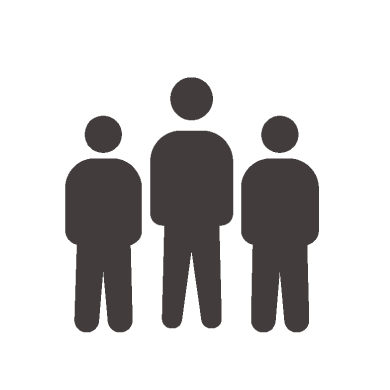
(I)
Include
Provide support for small farmers and the protect the rights of indigenous peoples.
Promoting sustainable landscapes in Mato Grosso
The PCI strategy has been developed at state level, but implementation needs a local approach, translating the wider gameplan into local action to be taken in strategic areas. Because it involves more than one commodity (soya and beef) of strategic interest to our business and because, in the case of soya, the location lies in an important source region, we decided to help fund one of these projects in Mato Grosso, in partnership with Pesquisa Ambiental da Amazónia (IPAM) and Nestlé.
This project, launched in 2021, has made it possible to develop a local governance model in four municipalities (Campos de Júlio, Campo Novo de Parecis, Sapezal and Tangará da Serra) and an action plan for reducing deforestation. The first task was to identify 3.4 billion hectares of native vegetation, where conversion to farming has been legally authorised. The next stage, where Sainsbury’s joined forces with us, was to certify soya production using the standards of the Round Table on Responsible Soy (RTRS) in an area of 15,000 hectares, to achieve compliance with the Brazilian Forest Code in a soya-growing area of 30,000 hectares, and to implement regenerative production practices in an area of 25 hectares. Producers will be paid for providing ecosystem services, such as carbon storage, biodiversity preservation and climate regulation.
In 2023, the project was extended to the municipalities of Diamantino and Alto Paraguai, which are extremely important for the source of the River Paraguay, the main river in the Pantanal wetlands. This region, the world’s largest floodplain, is a natural World Heritage Site and a Biosphere Reserve.
Considering the geographical scale of the initiative, its ambitious targets and proposed time frames, the only way to successfully implement the project on the ground is by working together, through collective action. Support for this project came about as part of the Forest Positive Coalition of Action (FP CoA), a coalition we have belonged to since 2020 and which was born within The Consumer Goods Forum.


